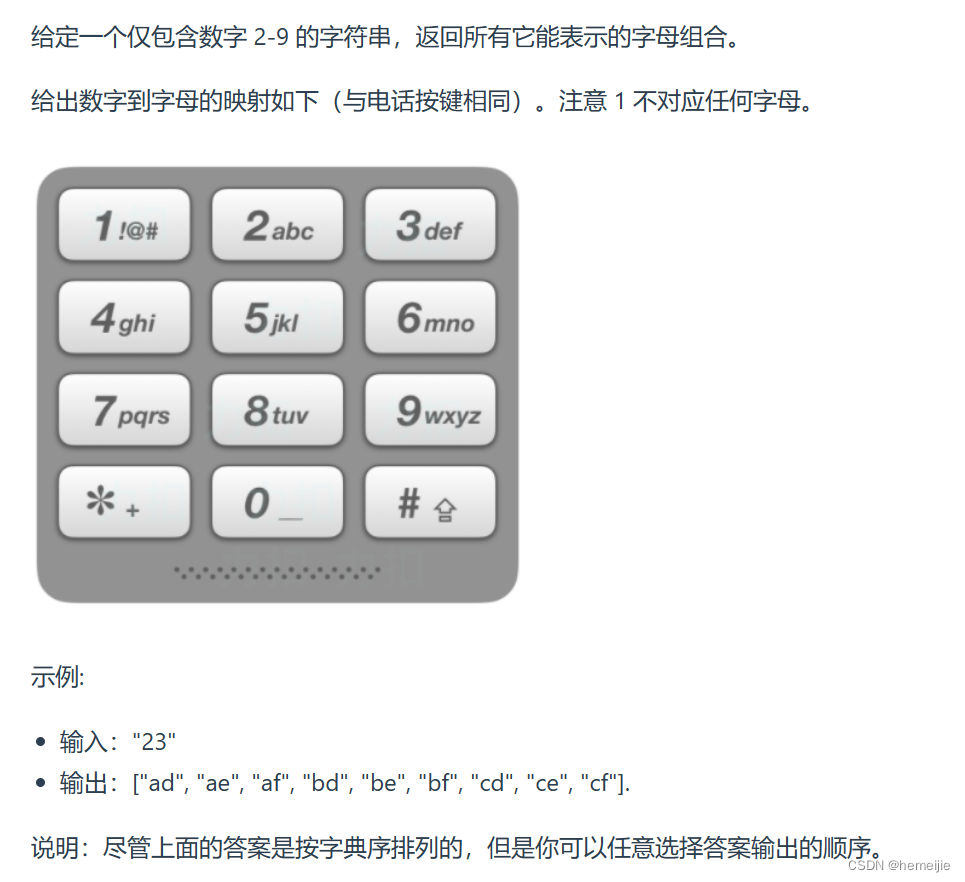1汉诺塔
从左移到最右,圆盘必须满足小压大原则
写一个大方法,大方法包括两步:第一步将最后一个圆盘上面的所有的放到第二个塔上面,然后将最后一个圆盘放到最后塔上面,再把第二个塔上面圆盘全放在第三个塔上面

#include <iostream>
using namespace std;
// 将 1~N 层圆盘从左 -> 右
void leftToRight(int n);
// 将 1~N 层圆盘从左 -> 中
void leftToMid(int n);
// 将 1~N 层圆盘从右 -> 中
void rightToMid(int n);
// 将 1~N 层圆盘从中 -> 右
void midToRight(int n);
// 将 1~N 层圆盘从中 -> 左
void midToLeft(int n);
// 将 1~N 层圆盘从右 -> 左
void rightToLeft(int n);
// 汉诺塔问题
void hanoi1(int n) {
leftToRight(n);
}
void leftToRight(int n) {
if (n == 1) { // 基本情况
cout << "Move 1 from left to right" << endl;
return;
}
leftToMid(n - 1);
cout << "Move " << n << " from left to right" << endl;
midToRight(n - 1);
}
void leftToMid(int n) {
if (n == 1) {
cout << "Move 1 from left to mid" << endl;
return;
}
leftToRight(n - 1);
cout << "Move " << n << " from left to mid" << endl;
rightToMid(n - 1);
}
void rightToMid(int n) {
if (n == 1) {
cout << "Move 1 from right to mid" << endl;
return;
}
rightToLeft(n - 1);
cout << "Move " << n << " from right to mid" << endl;
leftToMid(n - 1);
}
void midToRight(int n) {
if (n == 1) {
cout << "Move 1 from mid to right" << endl;
return;
}
midToLeft(n - 1);
cout << "Move " << n << " from mid to right" << endl;
leftToRight(n - 1);
}
void midToLeft(int n) {
if (n == 1) {
cout << "Move 1 from mid to left" << endl;
return;
}
midToRight(n - 1);
cout << "Move " << n << " from mid to left" << endl;
rightToLeft(n - 1);
}
void rightToLeft(int n) {
if (n == 1) {
cout << "Move 1 from right to left" << endl;
return;
}
rightToMid(n - 1);
cout << "Move " << n << " from right to left" << endl;
midToLeft(n - 1);
}
int main() {
// 测试
int n = 3; // 圆盘的层数
hanoi1(n);
return 0;
}
递归2:把三个塔分为from other to
#include <iostream>
using namespace std;
// 汉诺塔问题
void hanoi2(int n) {
if (n > 0) {
func(n, "left", "right", "mid");
}
}
// 递归函数
void func(int N, string from, string to, string other) {
if (N == 1) { // 基本情况
cout << "Move 1 from " << from << " to " << to << endl;
} else {
func(N - 1, from, other, to);
cout << "Move " << N << " from " << from << " to " << to << endl;
func(N - 1, other, to, from);
}
}
int main() {
// 测试
int n = 3; // 圆盘的层数
hanoi2(n);
return 0;
}
2打印一个字符串的全部子序列
递归思路:第一个参数是原字符串,第二个index是当前来到的字符,path是之前已经选好的部分串,第三个参数是所有结果的保存
#include <vector>
#include <string>
using namespace std;
class Solution {
public:
vector<string> subs(string s) {
vector<char> str(s.begin(), s.end());
string path = "";
vector<string> ans;
process1(str, 0, ans, path);
return ans;
}
private:
void process1(vector<char>& str, int index, vector<string>& ans, string path) {
if (index == str.size()) {
ans.push_back(path);
return;
}
// 不要索引位置的字符
process1(str, index + 1, ans, path);
// 要索引位置的字符
process1(str, index + 1, ans, path + str[index]);
}
};
3题 求所有不同的子序列,只要改成set结构收集答案即可
4 打印一个字符串的全部排列
去除该字符后需要回溯去恢复现场
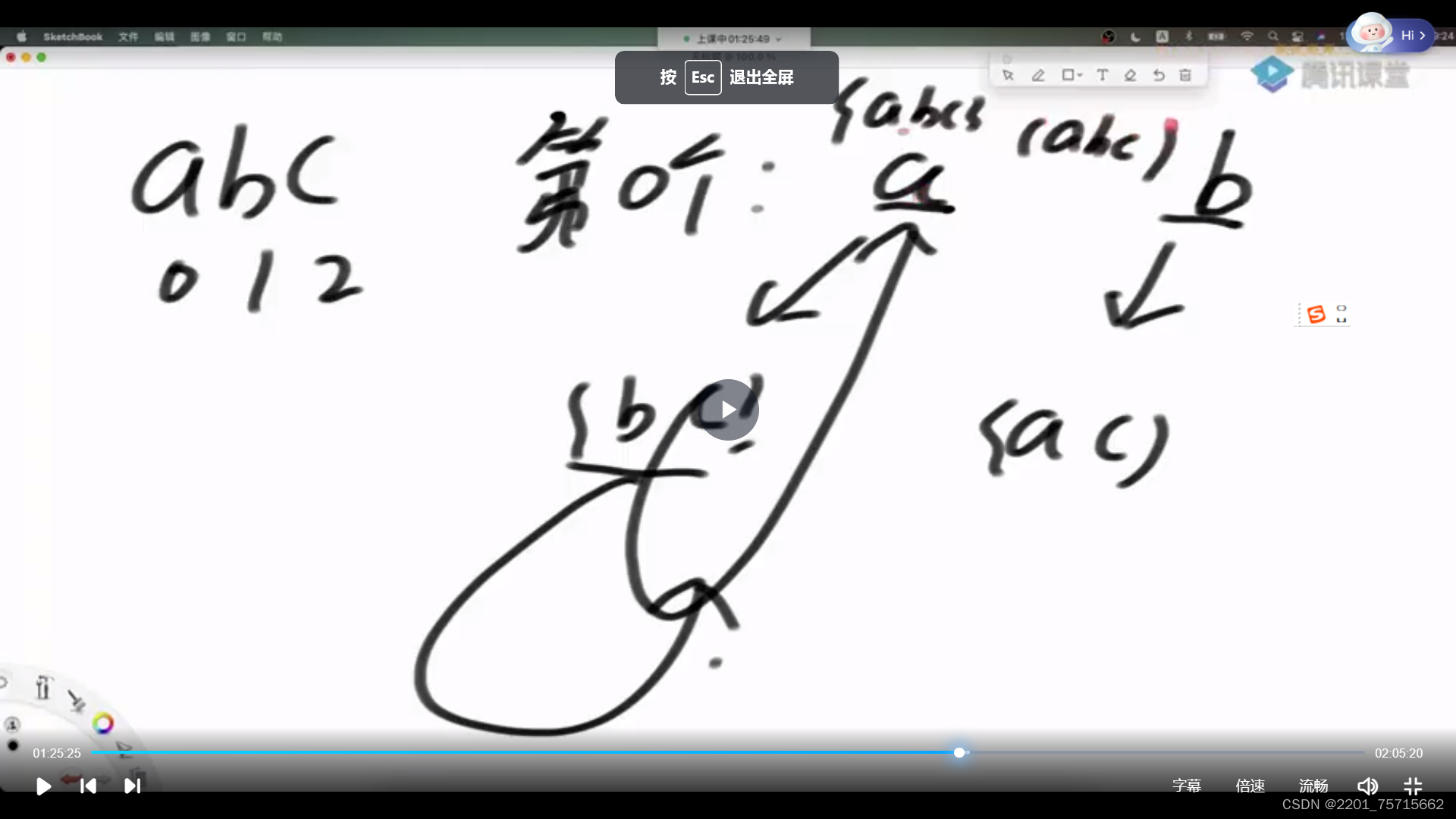
#include <vector>
#include <string>
using namespace std;
class Solution {
public:
vector<string> permutation1(string s) {
vector<string> ans;
if (s.empty()) {
return ans;
}
string path = "";
vector<char> rest(s.begin(), s.end());
f(rest, path, ans);
return ans;
}
private:
void f(vector<char>& rest, string path, vector<string>& ans) {
if (rest.empty()) {
ans.push_back(path);
} else {
int N = rest.size();
for (int i = 0; i < N; i++) {
char cur = rest[i];
rest.erase(rest.begin() + i);
f(rest, path + cur, ans);
rest.insert(rest.begin() + i, cur);
}
}
}
};
递归2:
不停地做字符串前一位和后一位交换,而且是在原字符串上面交换
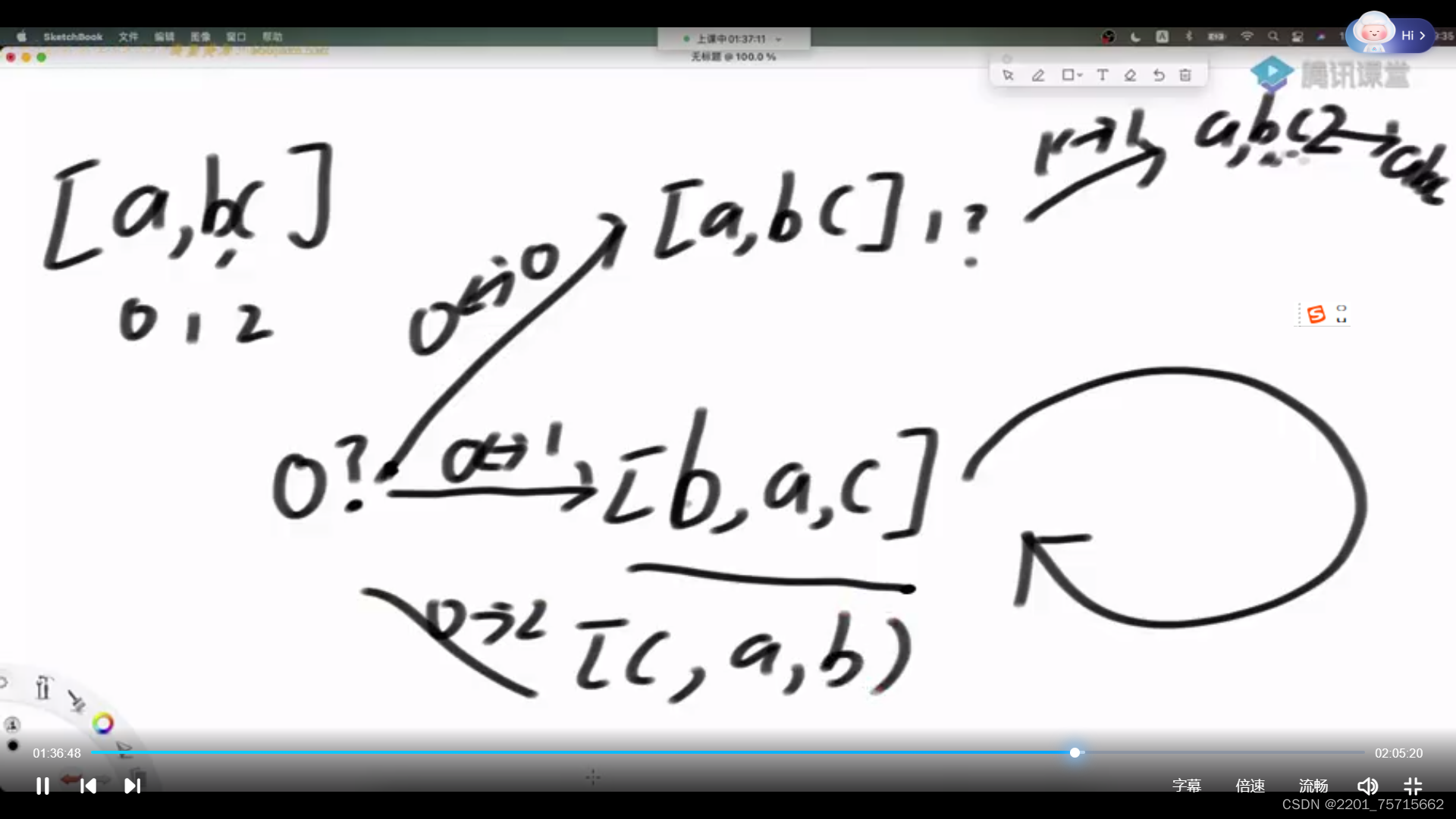
#include <vector>
#include <string>
using namespace std;
class Solution {
public:
vector<string> permutation2(string s) {
vector<string> ans;
if (s.empty()) {
return ans;
}
char* str = &s[0];
g1(str, 0, ans);
return ans;
}
private:
void g1(char* str, int index, vector<string>& ans) {
if (str[index] == '\0') {
ans.push_back(string(str));
} else {
for (int i = index; str[i] != '\0'; i++) {
swap(str[index], str[i]);
g1(str, index + 1, ans);
swap(str[index], str[i]);
}
}
}
void swap(char& a, char& b) {
char temp = a;
a = b;
b = temp;
}
};
5去重过后的排列
在上一题代码做改动,如果某个字符已经试过了,那就在后面在遇到时就不尝试了
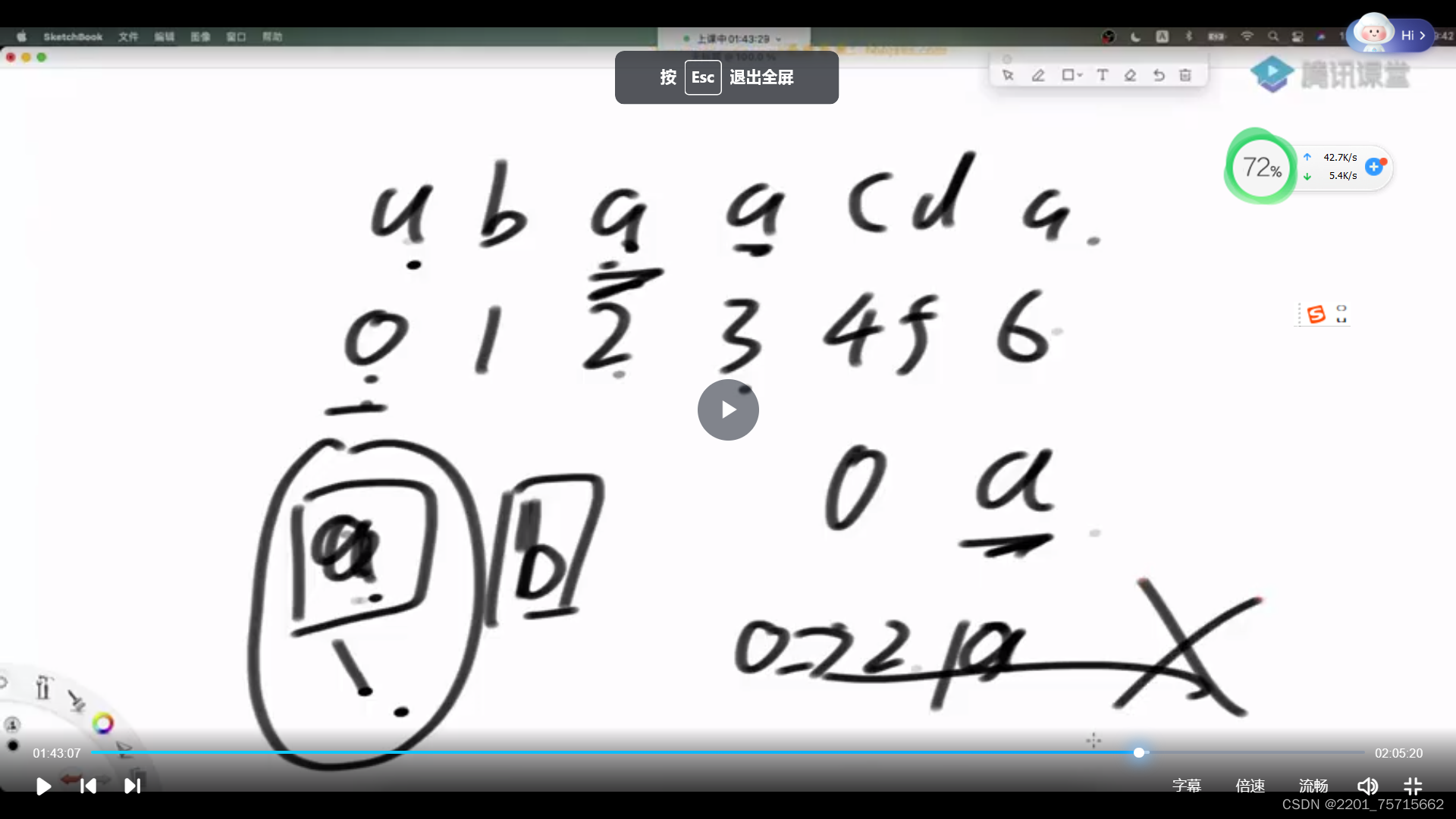
#include <vector>
#include <string>
using namespace std;
class Solution {
public:
vector<string> permutation3(string s) {
vector<string> ans;
if (s.empty()) {
return ans;
}
char* str = &s[0];
g2(str, 0, ans);
return ans;
}
private:
void g2(char* str, int index, vector<string>& ans) {
if (str[index] == '\0') {
ans.push_back(string(str));
} else {
bool visited[256] = { false }; // 记录字符是否已被访问
for (int i = index; str[i] != '\0'; i++) {
if (!visited[str[i]]) { // 如果字符尚未访问过
visited[str[i]] = true; // 标记字符已被访问
swap(str[index], str[i]);
g2(str, index + 1, ans);
swap(str[index], str[i]);
}
}
}
}
void swap(char& a, char& b) {
char temp = a;
a = b;
b = temp;
}
};
6 递归逆序栈
#include<stack>
using namespace std;
//该函数的功能是返回栈底的元素
int f(stack<int>& s)
{
int result = s.top();
s.pop();
if (s.empty())
{
return result;
}
else {
int last = f(s);
s.push(result);
return last;
}
}
void reverse(stack<int>& s)
{
if (s.empty())
return;
int i = f(s);
reverse(s);
s.push(i);
}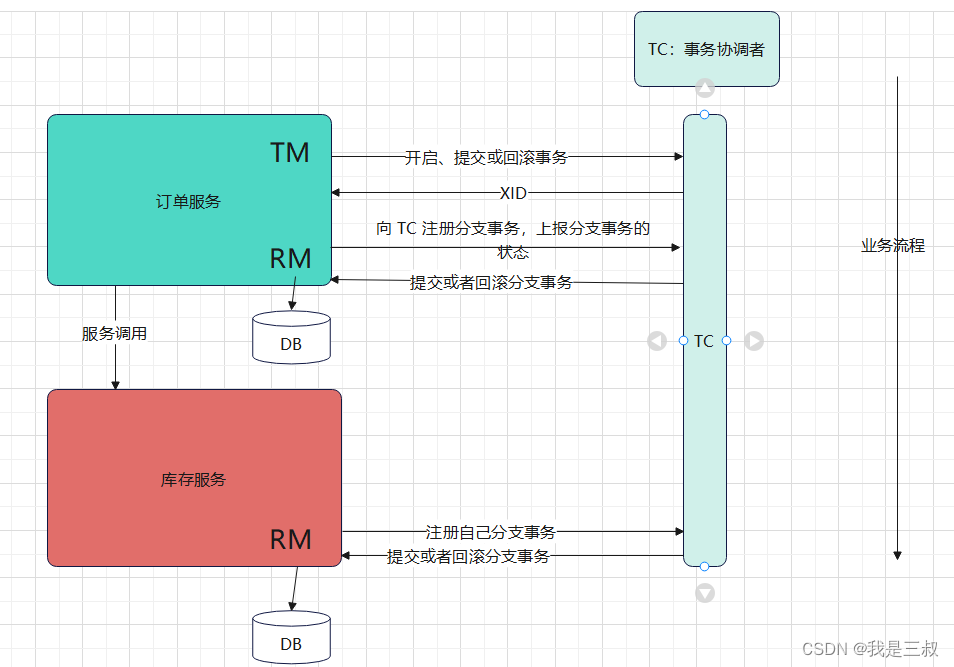
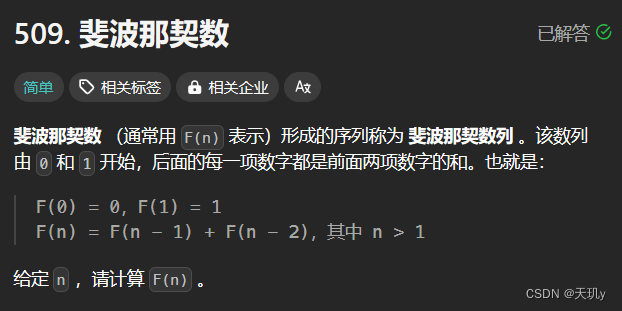


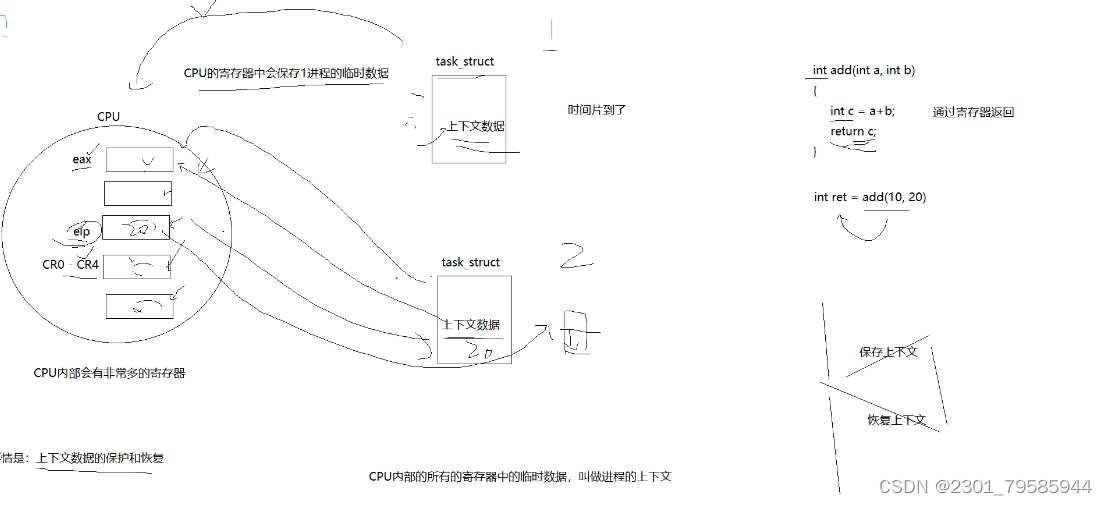


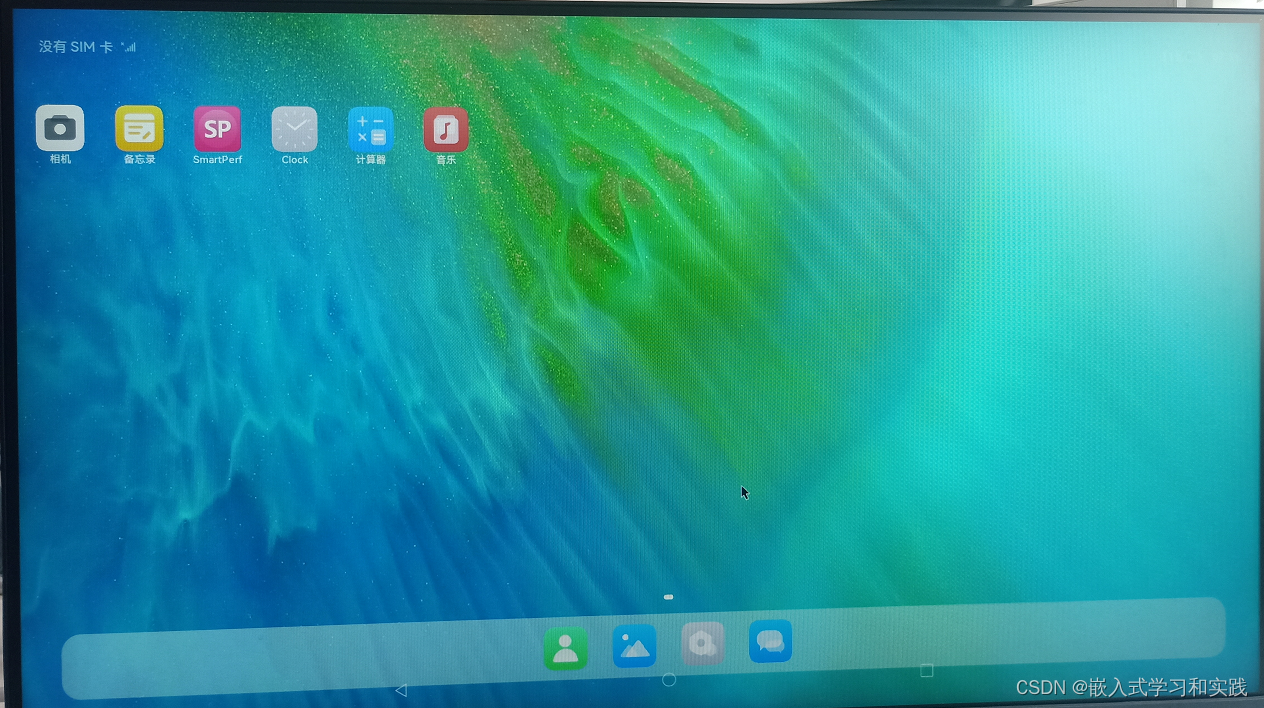

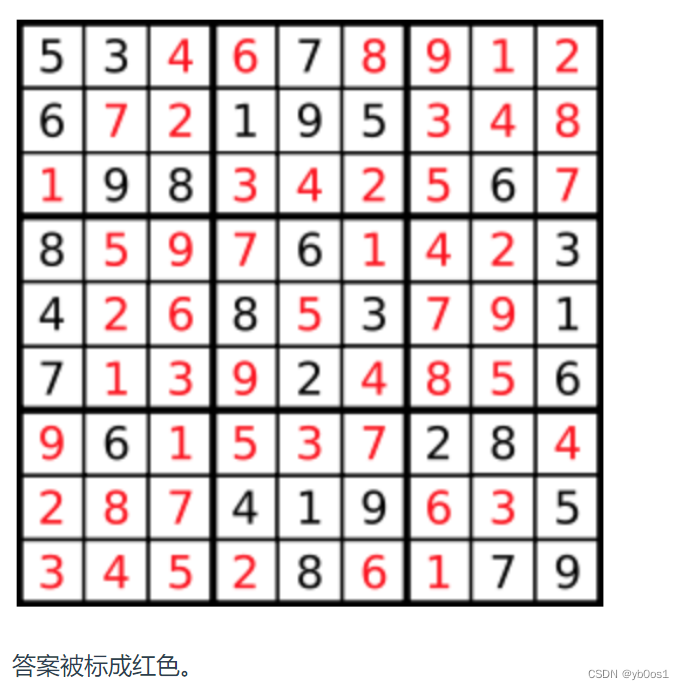
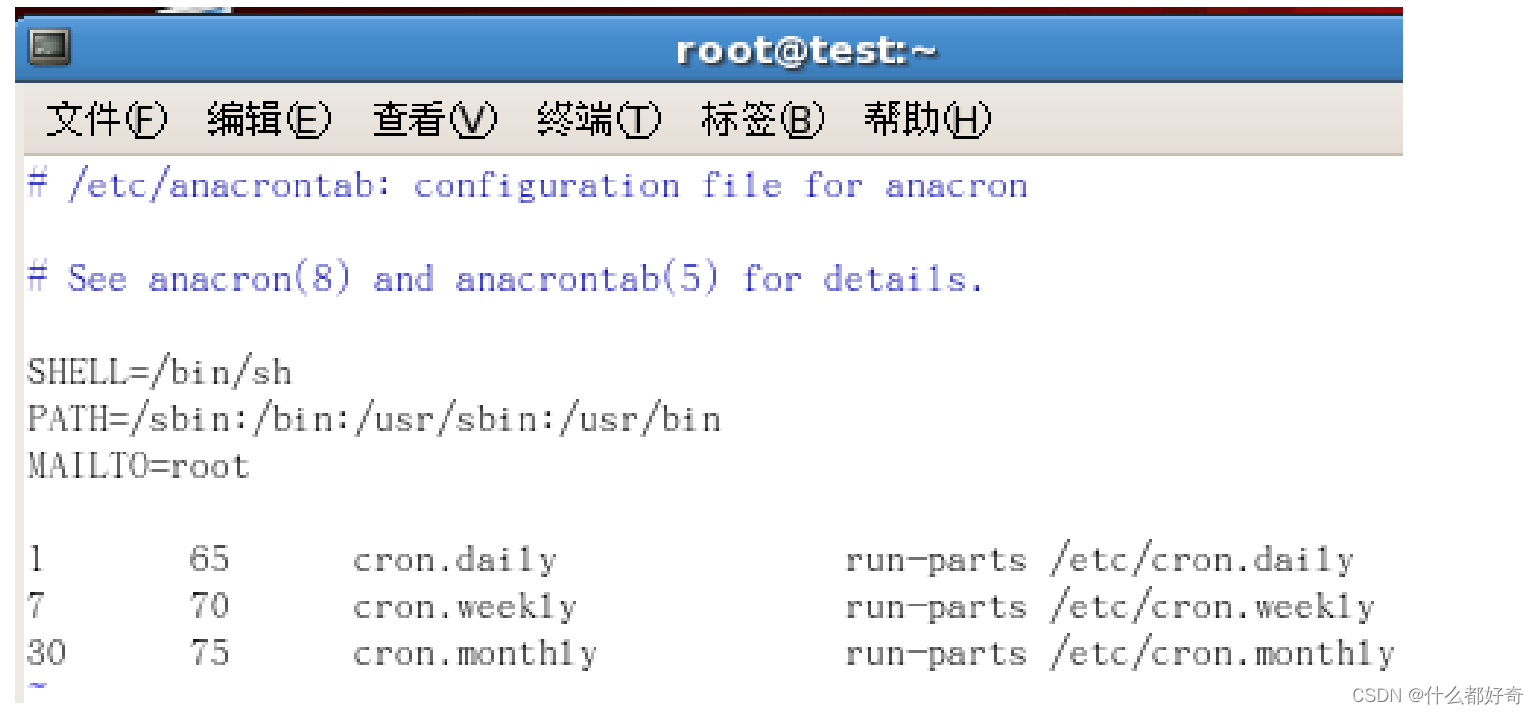



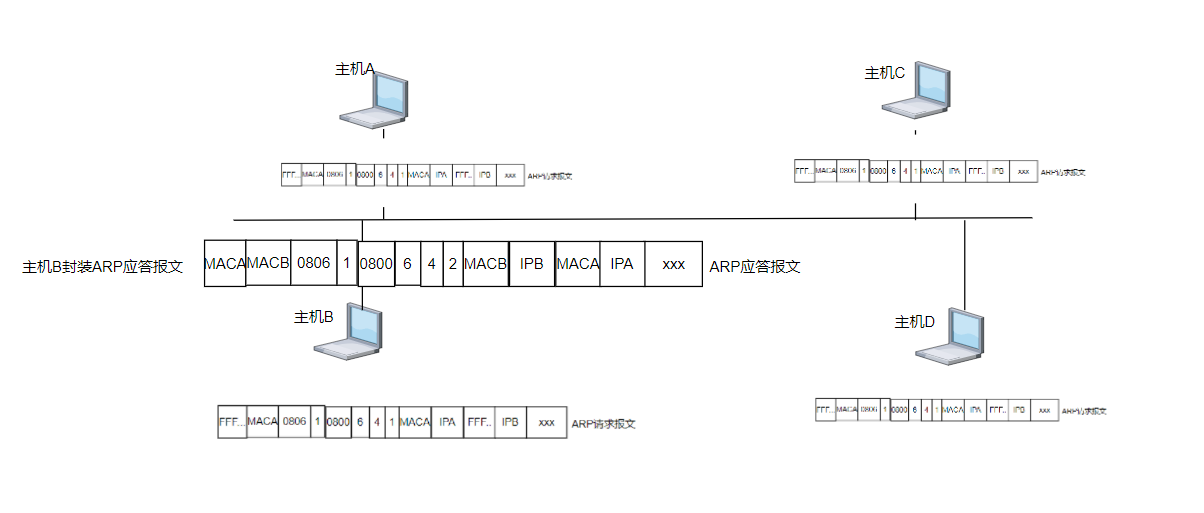


![[题解]无厘头题目——无聊的军官](https://img-blog.csdnimg.cn/direct/80c3d32b306e410eb90cb54002223291.png)
